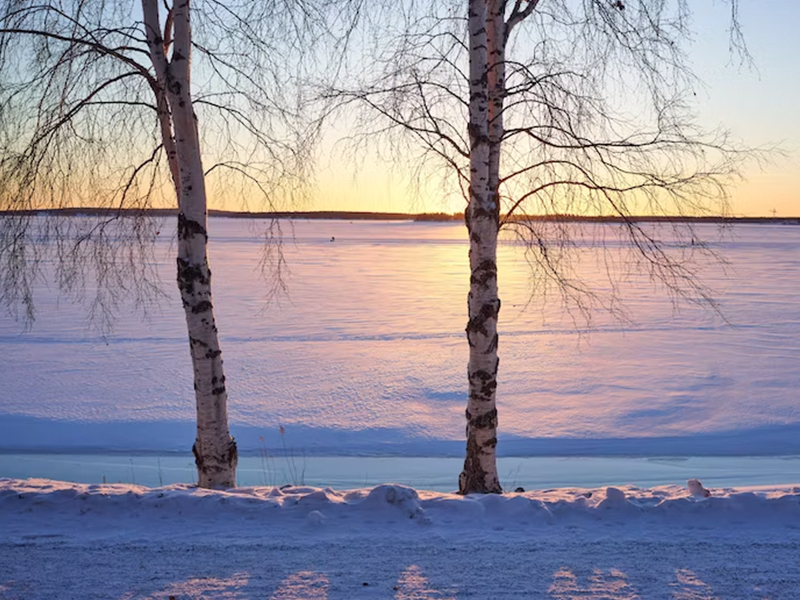
Birch Trees at Winter Solstice
Winter Solstice: shortest day, longest night. Summer Solstice is the opposite. The celebrations around these two events are very different, partly because Winter Solstice coincides with a rich, multi-faith holiday season. We will explore three traditions in this blog. I’m going to weave them, like branches, into a circle, a seasonal wreath of wonder. At the center of that wreath is a possibility: that Dark and Light may be seen, experienced, and spoken of as opposites, but they are wedded companions, together turning the wheel of time.
First Branch: The Solstice Party
Our community of friends includes many faiths and no faith individuals and families. To be able to celebrate together we created a Winter Solstice party. We held this party for 50 years, and three generations of children participated in the old traditions we brought forward. In the play section of my website is our version of the mummers’ play St. George and the Dragon. Next year I will add or substitute the next version of this play to the website.
The Mummers’ play involves St. George (Hero) slaying first the Dragon (first villain) and then a knight (second villain) while rescuing Lady Ivy (Princess). Coming down to us from the Crusades, the Knight is called the Turkish Knight in the original texts. We changed it to the Knightmare Knight, which is Jungian: Turk was (and is) a projection of fear onto an enemy … a nightmare. Part of our motivation for the original muscle changes was that Arabic and Jewish friends attended the party, and their children had roles.
From the beginning we changed the Punch and Judy show between the Doctor and Lady Ivy into an evolutionary relationship where they learn to work together to save St. George. This change in the male/female relationship was never questioned.
We left Beelzebub as is—brilliantly confused, but carrying off the Knightmare Knight when the fight is over: the lines are
Ashes to ashes, dust to dust.
If God won’t have you, the Devil must.
We changed that to a Solstice theme:
Ashes to ashes, dust to dust.
If the Light won’t have you, the Darkness must.
The basic script is War: slay the enemy. We questioned those who over the fifty years played all these roles in St. George and the Dragon:
- Is it time for a different story? Shall we teach negotiation and peaceful outcome rather than slaying the enemy? SOLD WITH EXCEPTIONS
- What if the Dragon, instead of being slain, is mastered and becomes an ally (helper), similar to Lord Michael, archangel, who rides the serpent/dragon, our base nature. The Dragon hangs out with St. George and helps. SOLD AS LONG AS IT’S AFTER THEIR FIGHT
- Nobody wanted to give up the sword fight with the Knightmare Knight either, and the idea that St. George might say something like “Wait, instead of going into darkness, come with me into the light,” and the Knight would change his mind. BOOS. So—no pacifist conversion for the Knightmare Knight.
- AND DON’T CHANGE BEELZEBUB (whose character was greatly loved).
So we regrouped: ok – any other ideas? Any good directions to explore? If we keep the integrity of the plot, can we change how we interact and relate?
- Take the play back farther than the crusades. Change St. George back into the Green Man.
- St. George becomes the Green Man, and his enemy is Winter … It’s the longest night—what will cause the sun to rise?
- St. George—the Green Man—is the Sun—he’s the one that rises from the dead.
- The Doctor heals the Green Man so he can rise again; the Doctor is the one in direct communication with the Spirit—Holy Spirit, Earth Spirit, the Force.
And for BEELZEBUB? Will this work?
BEELZEBUB: (To the Knightmare Knight.)
And have you been good or bad?
NIGHTMARE KNIGHT:
I’ve been as I am, gloomy and sad.
BEELZEBUB:
Cold of winter, darkness of hours
Passes to summer, crops and flowers.
Come with me at the season turn.
Round we go, watch and learn.
Sit by my fire that’s long been lighted,
Your turn now to be benighted.
(Takes the Knightmare Knight away.)
The youngest grandson said “Then everybody tells a story, sings a song from their family’s Solstice/Christmas/Hanukah, or other winter holiday traditions. It would be like a World Winter Fair.”
Second Branch: St. Nicholas, A Figure of Light
I grew up with Santa Claus, with parents who never said he was alive or that he wasn’t. I know when I asked “Is Santa real?” I was told a story rather than a Yes or No; in fact, I remember my mother reading “Yes, Virginia, There is a Santa Claus” aloud. (Link at the end) I did not mail letters to Santa; we left them on the fireplace mantel with the cookies and milk (which were always gone by morning). My eldest son put reindeer tracks in the snow for his children.
I remember sitting on the curb with the neighbor kids, and being asked if I knew who Santa Claus really was. Before I could answer we were told he was really our parents. A little surprised but delighted, I laughed. A younger child sitting with us burst into tears and ran home distraught. We all followed solemnly, and had the neighbor’s door shut in our face. My parents were told, and we sat by the Christmas tree and talked about if a story was real, and what makes a lie.
It was much later that I learned that Santa Claus grew out of St. Nicholas, a historical figure who lived from 270 – 343, and who was Bishop of Myra (now Demre, Turkey). He was and is one of the most respected and beloved saints for a wide swath of the world.
Diverse groups name him their patron: Children, Students, Sailors (he calms a storm), Merchants (he buys gifts for the poor), Pawnbrokers (who may use 3 gold balls for signage), unmarried people, brewers, archers, and repentant thieves (see whisk broom information below).
Giving gifts in secret is one root of understanding Nicholas; he’s interested in transforming a problem, not recognition or thanks or praise. St. Nicholas is a figure of light and generosity. His feast day celebration is December 6th, and he brings gifts, e.g. pennies for your shoes, if you have been a good child through the year. Most of us learned a piece of coal would be in your shoe if you had been bad; coal being dark, sooty, and capable of being fire.
This year (2023) Victoria Frasier gave an outstanding presentation on St. Nicholas before telling his most famous story. I’ve included a link at the end of the blog to her multiple year storytelling of the figures and events that populate the season from the beginning of Advent to Candlemas (Imbolc). This year she told us about the third branch of our Solstice wreath: Nicholas’ dark companion.
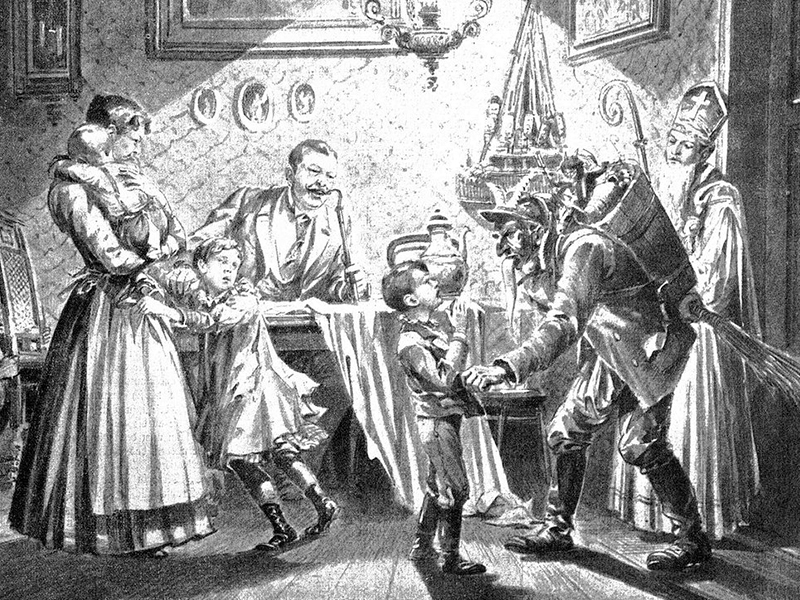
Nikolaus and Krampus in Austria. Newspaper illustration from 1896.
Third Branch: Krampus, a St. Nicholas’ Dark Companion
Victoria describes the dark figure that throughout Europe accompanies St. Nicholas as he visits the children on St. Nicholas’ day. This figure has black fur, is hooved, has a long red tongue, a large woven basket on the back, wears bells on the waist, and (important) carries a birch whisk or broom. The figure has various names. Victoria tells how this tradition lives on in many communities. This being is celebrated December 5th, the eve of St. Nicholas’ Day.
One of the many different names for this dark figure is Krampus. There is a recovery of Krampus in many places. It is also very important to recover an understanding of the Reason and Role of St. Nicholas’ companion. Asked by a local German club, my husband played that role for a few years. In their version of the St. Nicholas/Krampus tradition the parents keep a history of each child and give a letter to St. Nicholas if the child was good all year and can receive a gift. If the child needs to improve then Krampus hears from the child about the change in behavior being requested by the family. Any child that does not repent Krampus carries away in the basket. If the child chooses to adapt their behavior the next year, then Krampus whisks away the bad tidings with the birch broom and leaves the child restored to grace.
One year a child ran across the room the moment Krampus appeared, laughing with joy at the opportunity for redemption. Sometimes the private conversation between Krampus and the child took some time because my husband took his role very seriously, understanding the child’s point of view, and suggesting pathways that healed the breach with the family but kept the child’s integrity intact.
A side note is that the traditional broom for witches was a rowan handle with a birch broom. I am expanding the whisk broom to offer this idea: what if the witches’ business was to brush away evil from their communities? Then came the time when figures like Krampus and the witches were named evil, and were suppressed. Who was left to whisk away the evil, calling for healing and peace? One could confess and be forgiven in the Roman Catholic tradition, and there were Pardoners who gave pardons for a price. But now? I wonder: is that why many of us feel almost drown by the evil doings of our time? We’ve lost the whisk broom, lost a Solstice way to wed the dark and light. Let’s redeem this tradition! Let’s find a birch tree broom.
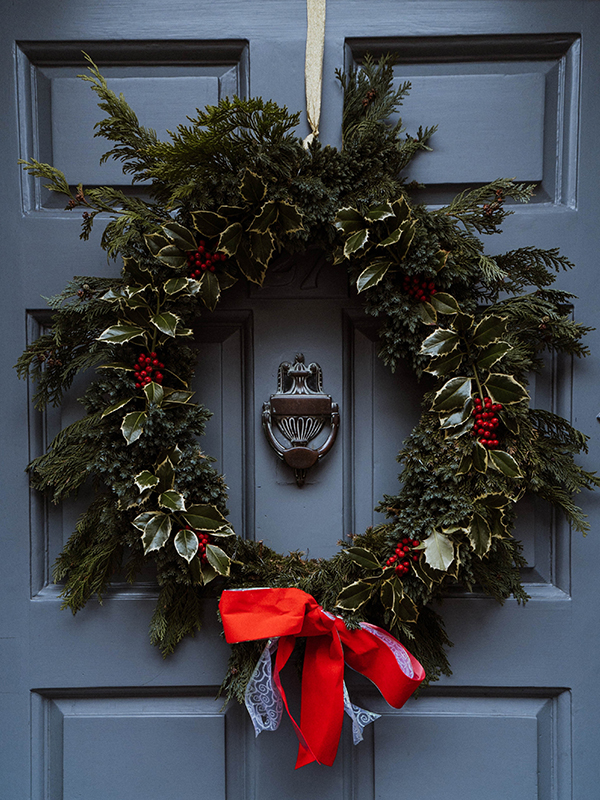
Photo by Al Elmes on Unsplash
A Wedding of Dark and Light
Now let’s weave these three traditions together as if they are three branches of a holly wreath:
- the frame is the planet’s seasonal turning of the year
- the first branch is our family’s 50-year exploration of this season of Dark and Light, represented in the Solstice play
- St. Nicholas is the second branch
- The Dark Companion is the third branch.
Let’s weave the three into a circle, a seasonal wreath of wonder. Let’s hang the wreath on the Gate In to the New Year, and open the door in January. Walking with us through the year are the days of light and the dark nights, wrapped in each other as they turn through time.
Walking with us are Generosity (St. Nicholas, Light Bringer) and Redemption (the Dark Companion). We will look for those who need us and give a gift in secret. We will have a birch broom handy to whisk away any disease, discomfort, despair, dissatisfaction, disasters, that might lead to desperation.
At the center of that wreath is a possibility: that Dark and Light may be seen, experienced, and spoken of as opposites, but they are wedded companions, together turning the wheel of time. We know we are both and one, and both will go with us along this new year’s Road of Trials.
How about you, Journey Maker?
- Have you changed any family or holiday traditions to make room for new people and new ideas?
- Have you explored new ways of being and living an old family tradition?
- Will you walk this year’s Road of Trials with both St. Nicholas and the Dark Companion?
- Do you own a birch twig whisk broom?
- Know where to find one?
- Where will you hang it for ready use?
Request for comments:
Your comments are welcome and encourage me to continue to write. Send them by email, or, best practice, post on the blog for all the other readers to appreciate—and maybe follow your example to join the conversation!
A Most Holy Solstice and Holiday Season
for you and those who walk with you.
SUGGESTED LINKS
“Yes, Virginia, There is a Santa Claus.”
Victoria Fraser’s website: https://www.christmascycle.com Explore the offerings! It really is possible they will become a central part of this season for you and your loved ones.
When looking for images I came across these two lively ones for St. Nicholas and Krampus. They are worth a look.

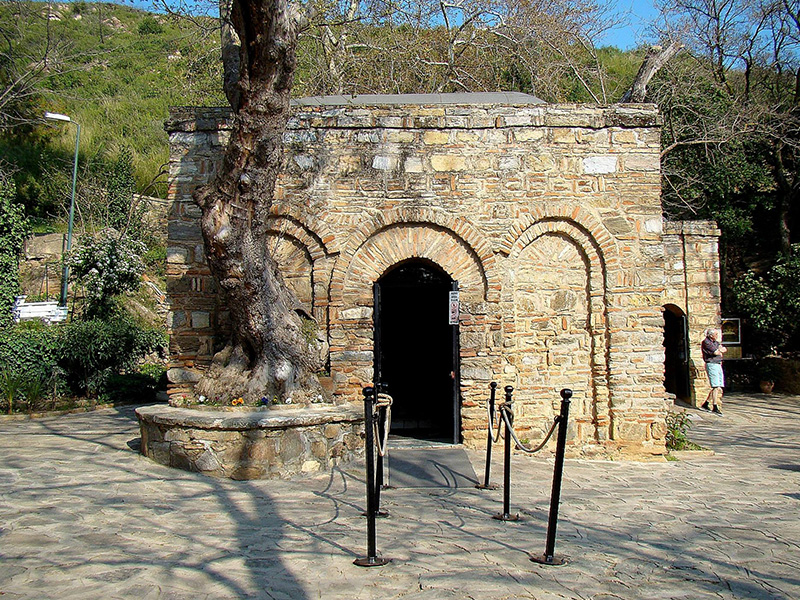
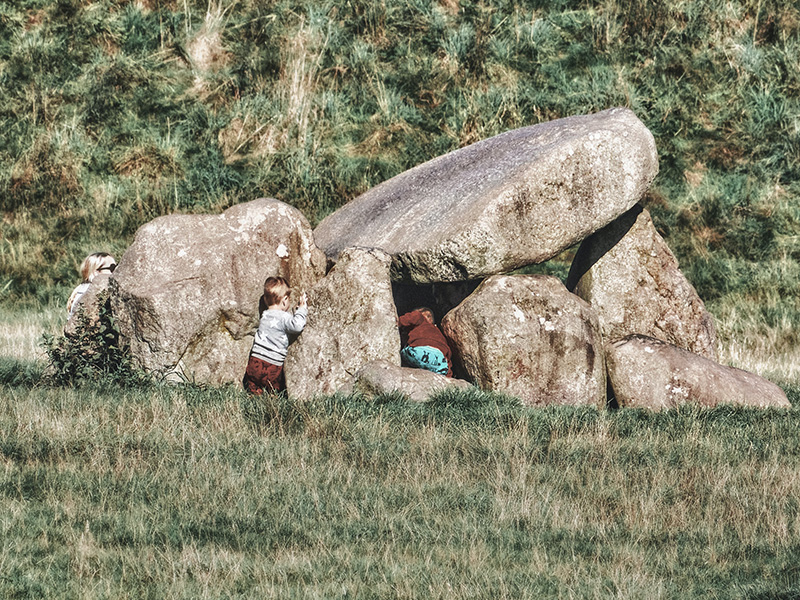

Leave A Comment